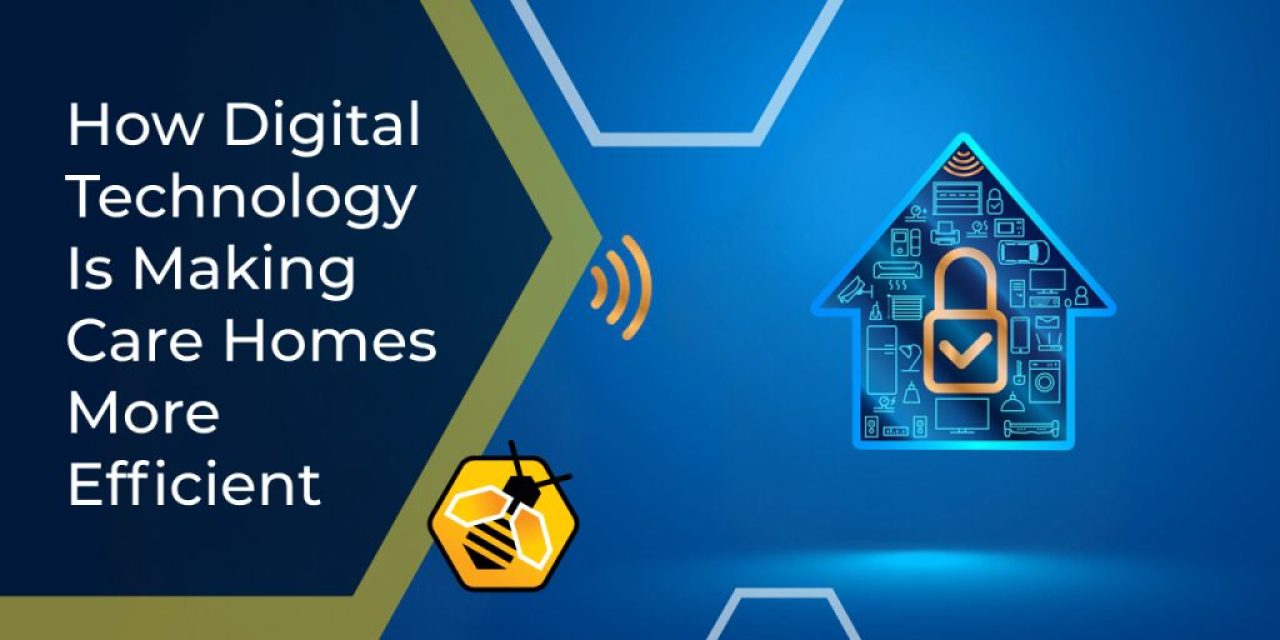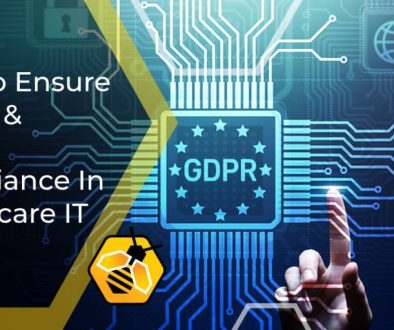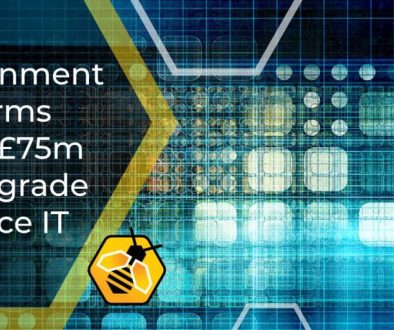How Digital Technology Is Making Care Homes More Efficient
Over the past few years, digital technology has been increasingly integrated into UK care homes and nursing homes. From making day-to-day operations swifter and more efficient, to managing sensitive data effectively, IT systems are transforming working practices and raising the standard of care provided to residents.
There are so many new digital technologies available to care home providers that it can be difficult to know where to start. Here’s an overview of some of the best products and services, and how they can benefit your care home.
Digital care records
The Care Quality Commission (CQC) set a target for all adult health and social care providers to digitise their care records by March 2024. Furthermore, all integrated care systems and their NHS Trusts are aiming to fully digitise care records by March 2025. The ultimate goal is for each patient to have a ‘life-long, joined up health and social care record’.
Managing patient records effectively is essential so that medical staff have instant access to accurate information when they need it. The records contain vital detailed information about prescriptions, test results, diagnoses, observations, and so on. They can also be integrated with alert features to help clinicians identify patients at high risk.
This not only saves time and means that medical staff can attend more patients, but it also ensures that the care provider is compliant with the General Data Protection Regulations (GDPR). These are in place to protect the security and confidentiality of patient notes.
Digital administration systems
The need to document all aspects of a patient’s care, from every fluid intake to the number of toilet visits each day, takes up a significant proportion of a care worker’s time, which could otherwise be spent with the patient. Care homes are increasingly digitising this process for speed and accuracy.
Electronic administration systems ensure a consistent and measurable care record, and can provide additional information such as alerts to missed routine care, and overall patient satisfaction levels and preferences. Typically, the electronic app is used on a handheld device that is supported by icons and relies minimally on typing.
This saves time, and is also simple to use for non-native English speakers, people with dyslexia or who are not familiar with technology. It enables accurate communication between care teams at shift handovers, and also between carers, nurses, doctors, relatives, and managers.
Remote monitoring tools
Remote tools such as acoustic monitoring detect noise levels in resident’s bedrooms, and help to alert staff to issues such as falls, wakefulness or attempts to get out of bed, choking, or calls for help. This can reduce the amount of time staff need to spend physically checking on the residents and minimise disruption to their sleep.
It also helps avoid residents spending a prolonged amount of time in difficulty or discomfort, and can even be lifesaving in certain situations.
Wearable technology
Wearables are increasingly being used in care homes to monitor resident’s health data such as heart rate, blood pressure, and skin temperature. They can also be used to keep track of dementia patients who are prone to wandering, and also to monitor the activity levels of patients who are aiming to improve their fitness levels.
Digital inclusion for residents and families
Increasingly, care home residents are familiar with technology and expect to continue using it during their care home stay. For example, residents’ rooms are increasingly equipped with Voice over Internet Telephone (VoIP) systems or video call apps to help them keep in touch with family and friends.
Bedrooms may also be provided with on-demand TV and film streaming services and WiFi for personal use. The technology can also be used to provide ‘family portals’, where families can have remote access to care plans and other updates, and book in visits.
The importance of bespoke IT support for care homes
As care homes increasingly rely on digital technology, the need to have robust IT support systems in place becomes more urgent. This brings peace of mind that you have top-tier cyber security solutions in place, and ensures that your care home is fully compliant with data regulations.
You will also be secure in the knowledge that all of the vital information is backed up and a full recovery plan is in place, to ensure that your care home can continue to run seamlessly in the event of a technology failure.




